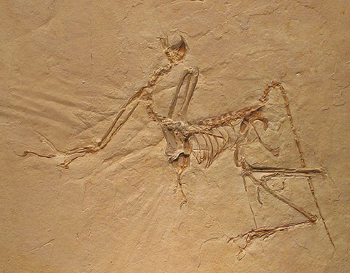




 


































|
|
 |
| |
 |
|
| |
|
|
|
|
| |
Are all reptiles egg-laying animals?
Most reptiles have a terrestrial habitat and are egg-laying animals. Certain species, however, are capable of giving live birth, as mammals do, and provide a similar initial care for their hatchlings.
Is the skin of reptiles covered in hair or feathers?
Their skin is covered in scales and/or scutes, and certain species such as turtles are characterised by a special bony or cartilaginous shell that acts as a shield.
How do reptiles look like?
Most reptiles have a tail and four legs, but serpents and snakes are legless and have to scrawl.
How do reptiles breathe?
Like amphibians, reptiles breath with lungs.
Why are reptiles cold-blooded animals?
Reptiles are cold blooded animals because the temperature of their body depends on the temperature of the environment they live in.
This is due to the fact that their heart consists of two atria and one ventricle, which allows that a mixture of oxygenated and deoxygenated blood goes through their blood stream.
Name a few reptiles
The most common reptiles are turtles, crocodiles, snakes and serpents. Camelians are also reptiles.
|
|
| |
|
Did you know the fantastic news that...
reptiles and birds have a common ancestor, the archaeopteryx, an extinct animal with characteristics of both the birds and the dinosaurs.

|
|
|
| |

|
|
| |
 |
|
|
|





Dulce Rodrigues |




